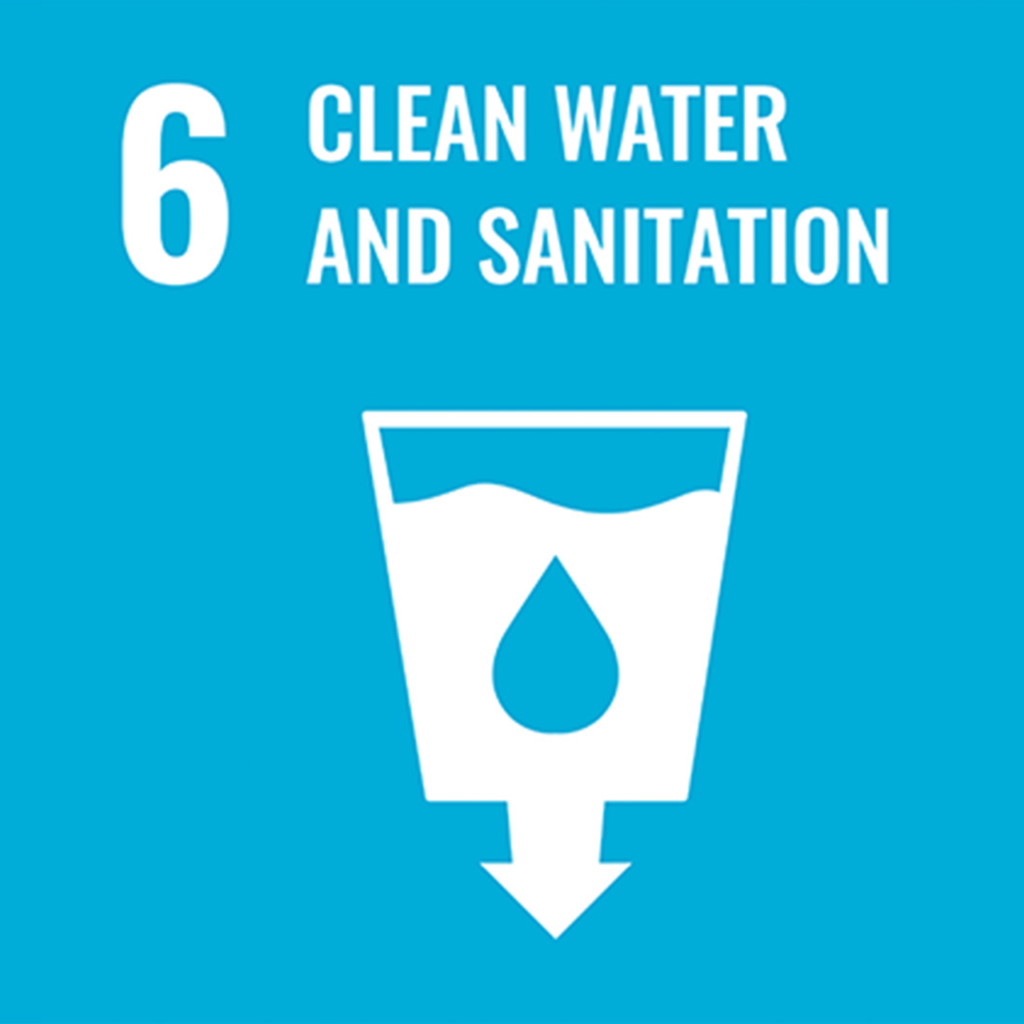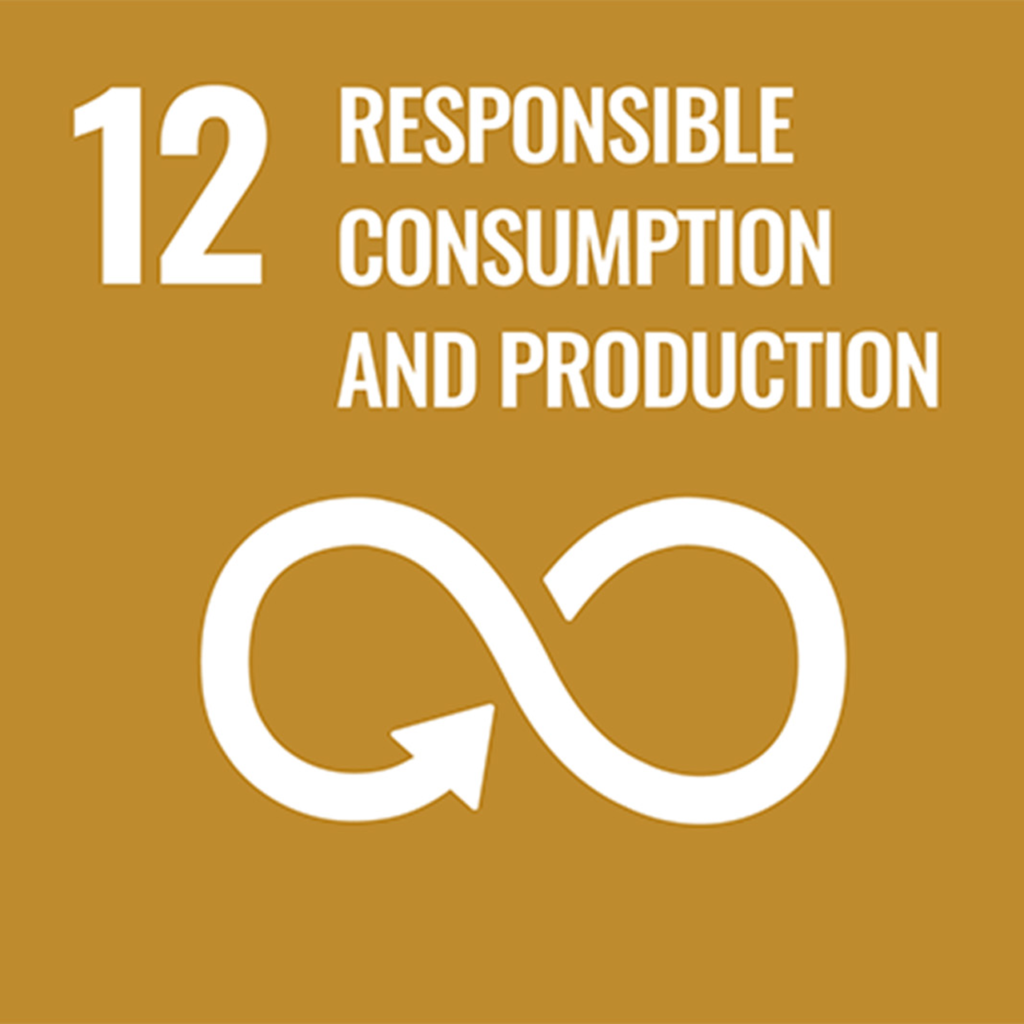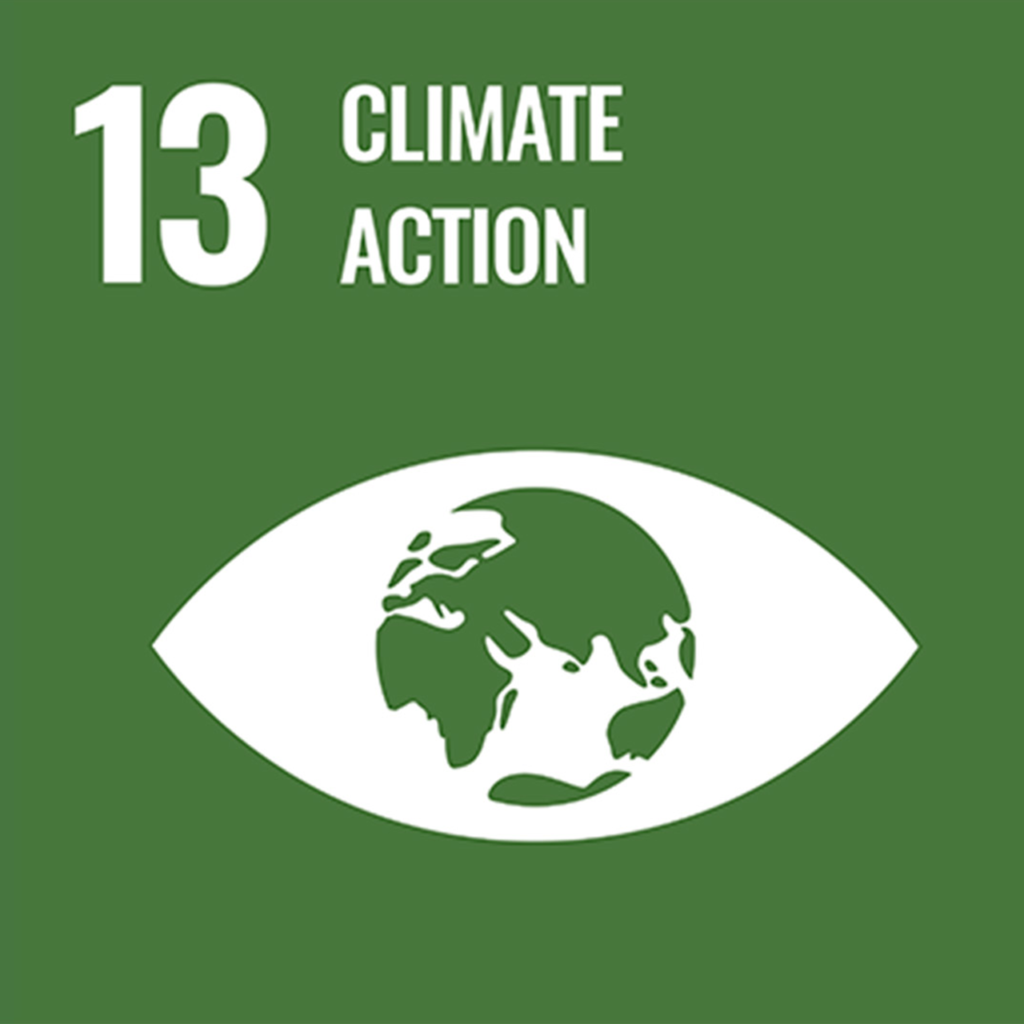Aligning with the SDGs
Starting from 2021, Everlight Chemical has expanded the scope of its sustainability reporting, extending communication on environmental topics to include its subsidiaries. As outlined in the table below, we have identified UN Sustainable Development Goals (SDGs) we can respond to with concrete actions, including SDG 6 (Clean Water and Sanitation), SDG 7 (Affordable and Clean Energy), SDG 12 (Responsible Consumption and Production) and SDG 13 (Climate Actions), based on which we have reformulated management approaches and targets for each aspect of pollution prevention. The renewed measures and targets have been approved by the ESG Committee on May 28, 2021 and December 29, 2021 respectively and have been implemented thereon.
SDG Goals & Targets | Management Focus | Management Approach | Key Performance Indicator (KPI) |
Goal 6 Clean Water and Sanitation 6.4 Substantially increase water-use efficiency across all sectors  | Water Pollution Prevention |
| 1. Water Recovery Rate (R2) (%) 2. Wastewater Treatment Compliance Rate (%) 3. Total Water Withdrawal (ML) |
Goal 12 Responsible Consumption and Production 12.5 Substantially reduce waste generation through prevention, reduction, recycling and reuse | Air Pollution Prevention |
| 4. Emissions Reduction Rate per Unit of Production (%) |
Waste Management |
| 5. Waste Recycling & Reuse Rate (%) 6. Proper Disposal Rate of Hazardous Industrial Waste (%) 7. Recycling Rate of Hazardous Industrial Waste (%) | |
Improving Resource Efficiency |
| 8. Atom Efficiency (%) | |
Goal 7 Affordable and Clean Energy 7.3 Increase the global rate of improvement in energy efficiency | GHG Inventory & Energy Use |
| 9. Electricity Savings (%) 10. Energy Intensity (GJ/NT$mm output) 11. GHG Emissions Intensity (tCO2e/NT$mm output)
|
Goal 13 Climate Action 13.3 Improve awareness-raising and human and institutional capacity on climate change mitigation, adaptation, impact reduction and early warning |

- Enhance water recycling measures
- Conduct water use surveys
- Enhance wastewater treatment effectiveness
- Regularly inspect the quality of treated wastewater
- Incentivize and implement proposals for improvements
- Water Recovery Rate (R2) (%)
- Wastewater Treatment Compliance Rate (%)
- Total Water Withdrawal (ML)

- Use clean fuels
- Install more pollution prevention equipment
- Strengthen the availability of pollution prevention equipment
- Incentivize and implement proposals for improvements
- Reuse and recycle more waste
- Classify and reduce waste at the source
- Ensure proper disposal and tracking of waste
- Incentivize and implement proposals for improvements
6. Proper Disposal Rate of Hazardous Industrial Waste (%)
7. Recycling Rate of Hazardous Industrial Waste (%)
- Continuously implement product selection
- Continuously implement process improvement
- Conduct atom efficiency surveys
- Incentivize and implement proposals for improvements

- Improve manufacturing processes and equipment
- Introduce innovative management methods
- Implement GHG emissions reduction projects
- Evaluate progress on GHG reduction targets
10. Energy Intensity (GJ/NT$mm output)
11. GHG Emissions Intensity (tCO2e/NT$mm output)

- Improve manufacturing processes and equipment
- Introduce innovative management methods
- Implement GHG emissions reduction projects
- Evaluate progress on GHG reduction targets
10. Energy Intensity (GJ/NT$mm output)
11. GHG Emissions Intensity (tCO2e/NT$mm output)
Management Focus | Performance Indicator | 2021 (Actual) | 2022 (Actual) | 2022 (Target) | Short-Term Target (2023) | Mid-Term Target (2025) | Long-Term Target (2030) |
Water Pollution Prevention | Water Recovery Rate (R2) (%) | 86 | 93 | ≧ 83 | ≧ 84 | ≧ 84 | ≧ 86 |
Wastewater Treatment Compliance Rate (%) | 100 | 100 | 100 | 100 | 100 | 100 | |
Total Water Withdrawal (ML) | 824.5 | 721.5 | ≦ 872 | ≦ 872 | ≦ 872 | ≦ 872 | |
Air Pollution Prevention | Emissions Reduction Rate per Unit of Production (%) | 6 | -3 | ≧ 5 | ≧ 2 | ≧ 3 | ≧ 4 |
Waste Management | Waste Recycling & Reuse Rate (%) | 71 | 72 | ≧ 70 | ≧ 71 | ≧ 72 | ≧ 73 |
Proper Disposal Rate of Hazardous Industrial Waste (%) | 100 | 100 | 100 | 100 | 100 | 100 | |
Recycling Rate of Hazardous Industrial Waste (%) | 3.3 | 4.3 | ≧ 3.1 | ≧ 3.1 | ≧ 3.3 | ≧ 3.5 | |
Resource Efficiency | Atom Efficiency (%) | 67.1 | 70.9 | ≧ 66.6 | ≧ 69.0 | ≧ 69.3 | To be adjusted based on biannual review |
GHG Inventory and Energy Use* | Electricity Savings (%) | 1.2 | 1.1 | ≧ 1 | ≧ 1 | ≧ 1 | ≧ 1 |
Energy Intensity (GJ/NT$mm output) | 80 | 72 | ≦ 85 | ≦ 79 | ≦ 77 | ≦ 74 | |
GHG Emissions Intensity (tCO2e/NT$mm output) | 8.9 | 8.3 | ≦ 8.6 | ≦ 8.7 | ≦ 8.1 | ≦ 6.8 |




